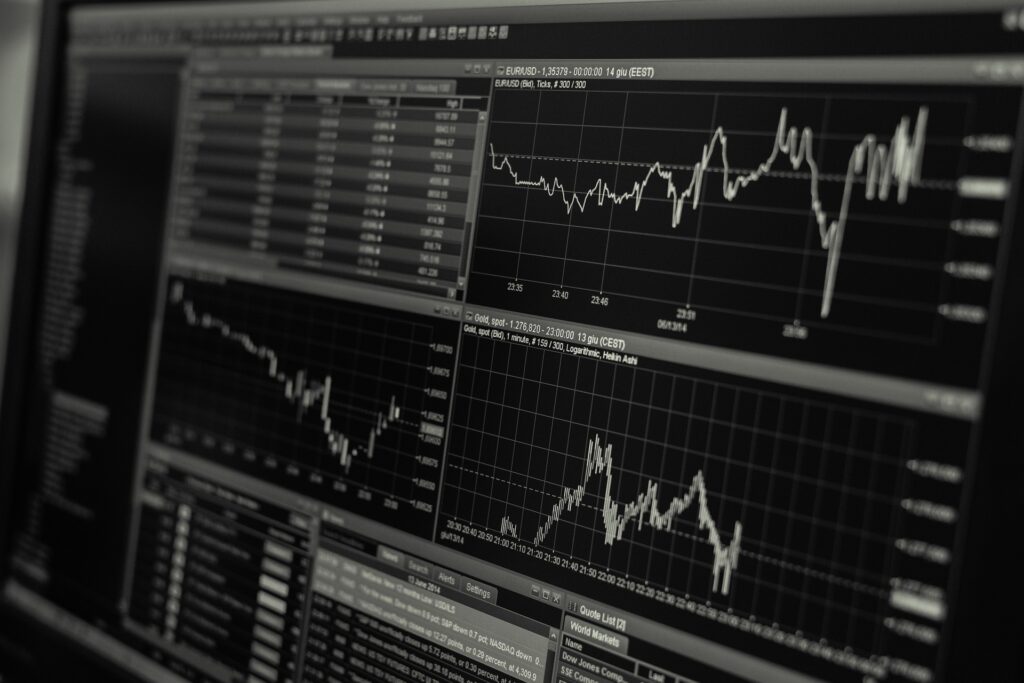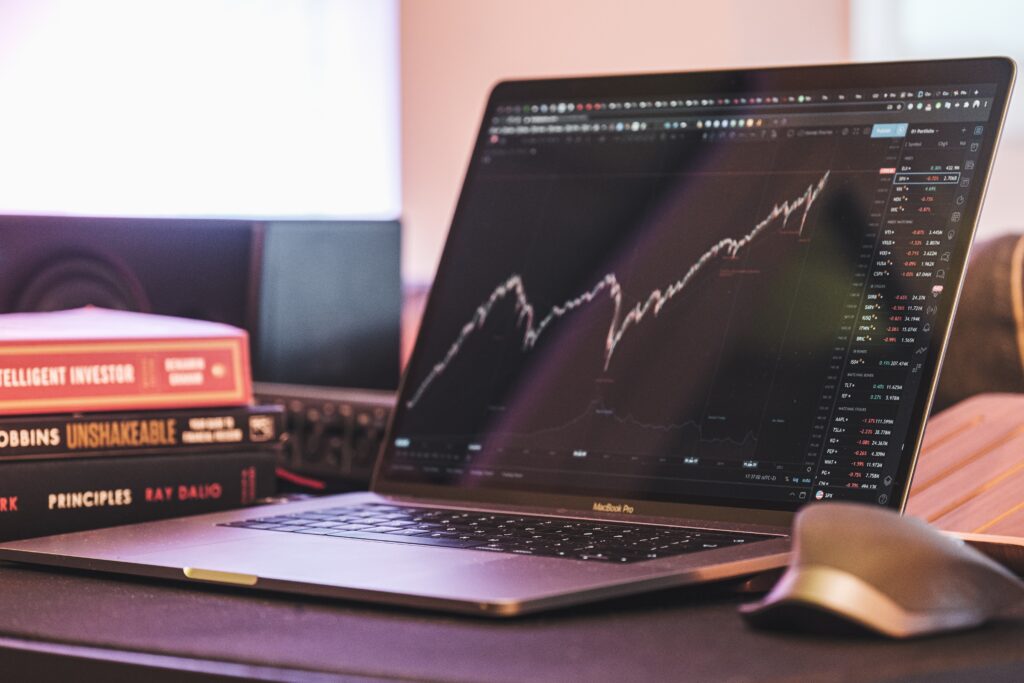
Opening and closing auctions of the stock market are the noisiest time of the market. It is because of high volatility on these hours that makes it best to enter or close positions. These auction periods attract traders to place their trades, and these activities greatly contribute to increasing amounts of trading volume and attention. With a great trading plan, we could greatly cap off great profits, and be done within the day.

But what are opening and closing auctions first? If you are already practicing trading in the demo account of your choice, TradingView, or using an actual account in an online trading platform, you already know what time the market pre-opens, opens, pre-closes, and closes. The official market opening time is 9:30 AM, but you could place a buy order as early as 9:00 AM, or earlier if the trading platform you are using allows it. The opening auction happens between the pre-opening of the market and its official opening. During this time, traders place their buy orders but there is no automatic execution taking place yet. Orders done during this period can be entered, modified, and canceled, or deleted. It is somehow the same with the closing auctions. The pre-closing of the market starts at 3:30 PM and closes at 4:00 PM. The traders that place their orders may choose to purchase shares at the current market price or wait until their target price will be hit before the market closes.

That’s just basically the overview of the opening and closing auctions. When we deep dive, there are two kinds of orders accepted in the opening auction and the closing auction. In order for us to minimize confusion, let us tackle first the opening auction.
In the opening auction, the orders the market accepts are the Market on Open (MOO) and Limit on Open (LOO). MOO is the act of placing a buy order on the current stock price when the market opens – so whatever price it opens, it may be slightly lower or higher than that of your trading plan, your trading platform will execute it. Meanwhile, the LOO is the purchase of a specific number of shares at a specific price when the market opens. You can apply the LOO if you would strictly stick to your trading plan.
Similarly on the closing auction, there are two types of orders as well that play roles in setting the closing prices, which are the Market on Close (MOC), and Limit on Close (LOC). The MOC is when you could purchase shares whatever price it falls into on the market close, and the LOC is when you set a target price

and it should be hit before the market closes. If LOC orders are not met within the current trading day, the trade doesn’t take place.
Auctions focus on the market’s liquidity before the market even opens. It matches the buy and sell orders of the traders, and come up with the opening price and closing price once the market officially opens. It is a continuous cycle of the pull of the demand and supply, which makes the stock prices vary at different times. The data collected, aka the stock prices entered by traders, during these auction periods will now be reflected publicly in the Best Bid/Buy and Best Offer/Sell.

Why are auctions needed when trading in the market? Why is it significant to us as day traders? Auction periods, though highly volatile, are a great time to place your orders especially when there are human elements that come into play such as late-breaking news which oftentimes, affect the price of a security. They might become lower if the company discloses losses from their previous fiscal year, or higher when they announce a partnership with another established company. The changes happen real-time so before the market opens, you kind of have an idea on what will be the price you will enter to, and establish your closing positions. These kinds of price changes could be taken advantage of to capitalize more profit or decide if they’ll go through the trade that seems to deviate from their trading plan
Want to learn more about cryptos? There’s a lot to learn. Learn cryptocurrency, blockchains, algorithmic trading, financial analysis, algorithmic trading, the stock market, and more in The Complete Python for Finance: Learn to Trade in 99 Days.

